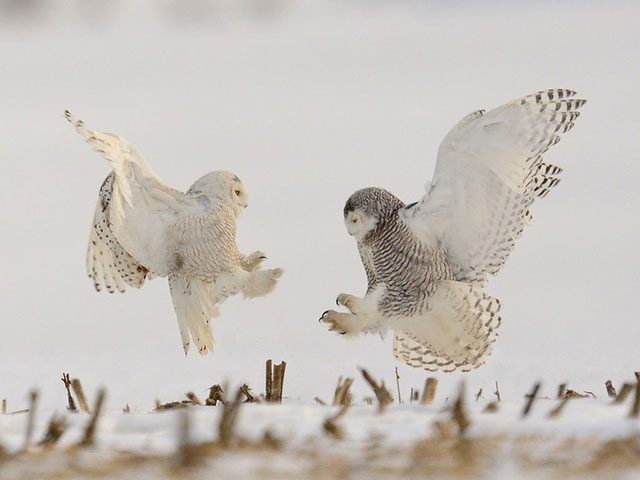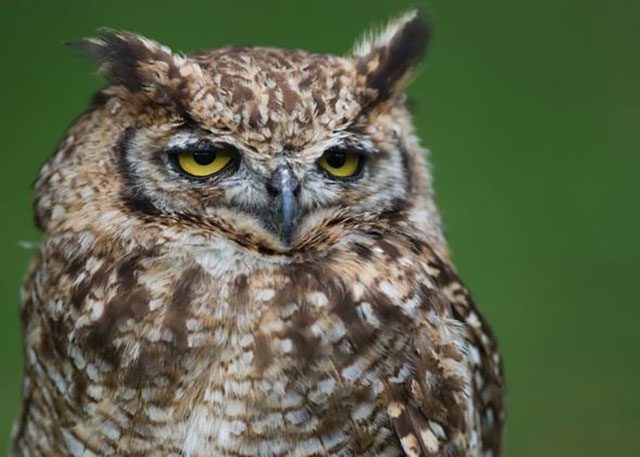For a long time, scientists have known that certain birds seem to produce songs while dreaming, and these songs can be heard by humans.
In 2018, Professor Gabriel Mindlin and his colleagues discovered that these birds also contract their throat muscles while sleeping, similar to how they do when singing during the day. However, humans still face challenges in translating these sound signals into understandable content.
The primary difficulty arises from the fact that the birds’ breathing patterns do not change during sleep, resulting in a lack of airflow necessary to activate vibrations in their vocal membranes. This airflow is vital for the birds to produce sounds loud enough for humans to hear.
To address this challenge, researchers employed a technique known as mechanical electromyography to generate the required airflow. Coupled with the assistance of a dynamic system model, the research team succeeded in recording and interpreting the dream songs of great horned owls.

The scientists conducted research and interpreted the dream songs of great horned owls.
Professor Gabriel Mindlin stated: “For the past 20 years, I have studied bird songs and how to decode their messages from throat muscle movements. After gathering numerous recordings and analyzing bird sounds, we synthesize them to identify common patterns. This allows us to understand, to some extent, the meanings conveyed in the birds’ songs.”
One example of this is during territorial disputes, great horned owls produce a special sound consisting of a series of short syllables at frequencies ranging from about 10 to 20 Hz. It is important to emphasize that these combat sounds are produced by the owls while they are asleep. Therefore, these unconscious songs suggest that the birds in the study seem to be dreaming about scenes of conflict.
The birds appear to be reenacting a territorial dispute in their dreams. This phenomenon is quite common among humans, especially during stressful times.

The birds in the study seem to be dreaming about scenes of conflict.
Contrary to popular belief, the brains of birds share more similarities with human brains than we might think. The potential of avian brains is also quite remarkable, capable of performing feats we cannot even imagine, especially while they sleep. Many bird species sleep with one eye open, even while flying.
Some migratory birds traverse vast distances at night, flying over 7,000 miles between Alaska and New Zealand within eight days of continuous flight. During this long journey, there are times they enter a state of sleep, controlling their flight through a mechanism called “dreaming of flying.”
While sleep is a physical behavior that can be observed externally, dreaming is an invisible internal experience. This remains a mystery that science needs to further explore to decode. It can be said that the latest research findings by Professor Gabriel Mindlin mark a significant advancement in this scientific field.


















































